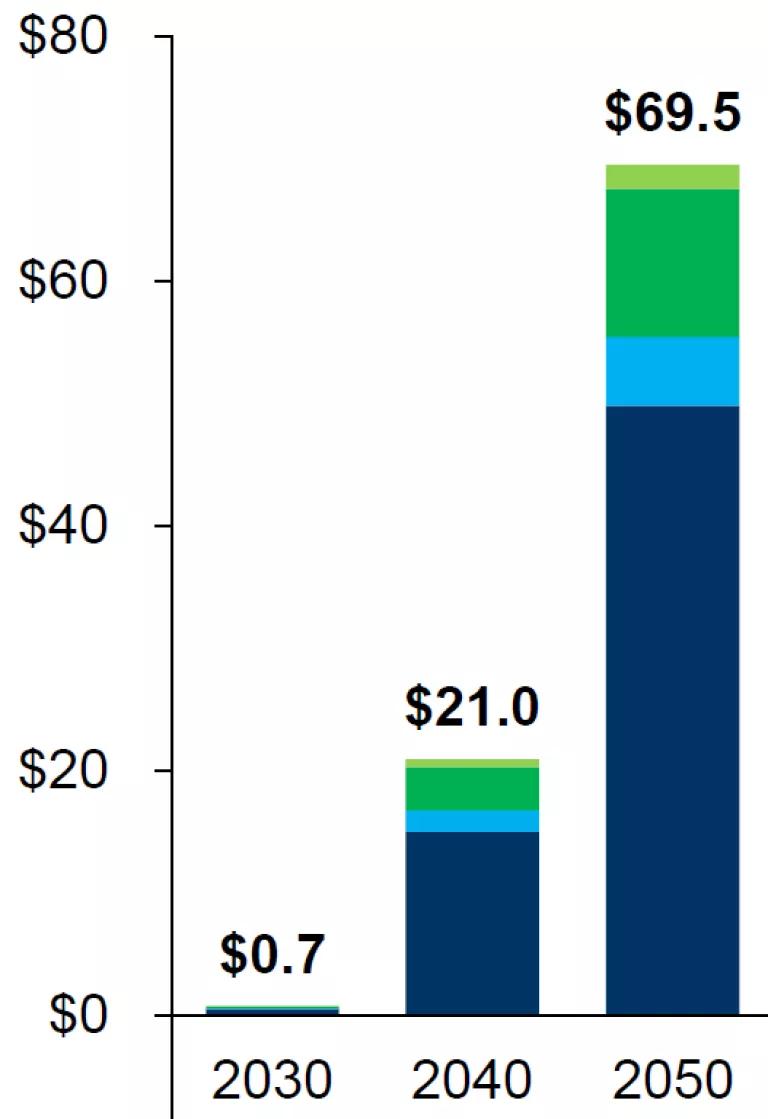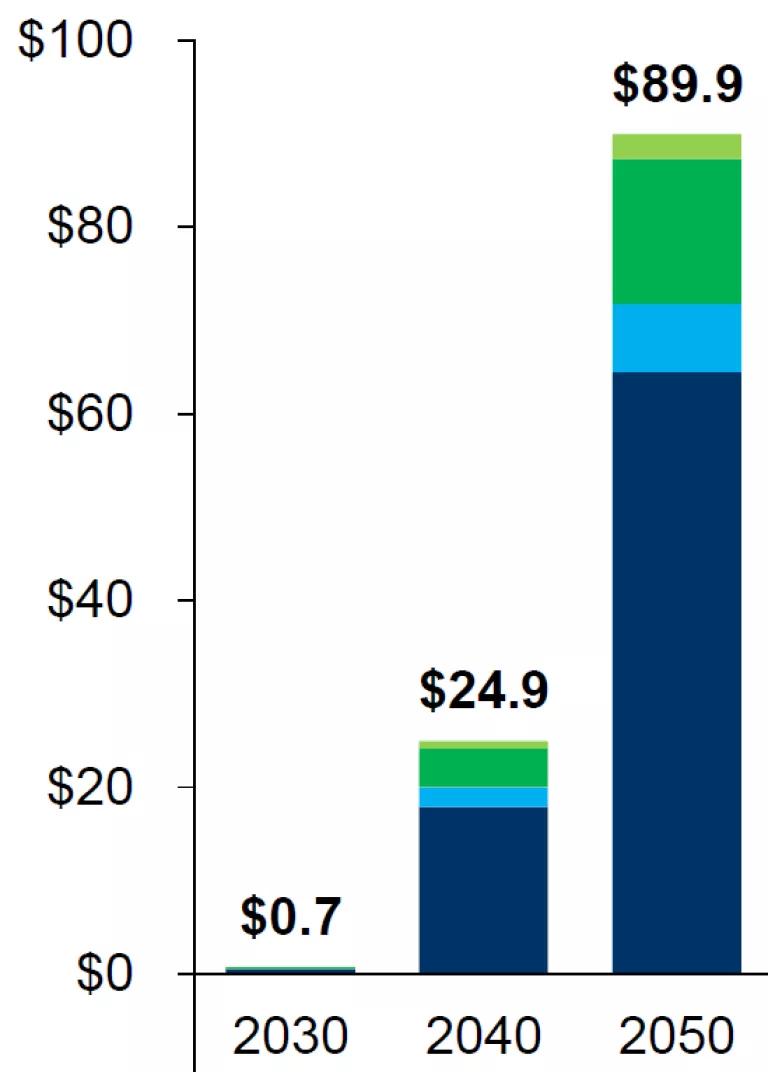A Full Colorado Clean Cars Brings $20 Billion in Additional Benefits
A new fact sheet shows that adopting a full Colorado Clean Cars program can bring $20 billion of health and environmental benefits to the state.

This blog was drafted with the Sierra Club, Western Resource Advocates, the Environmental Defense Fund (EDF), 350 Colorado, and Conservation Colorado.
Colorado has an important opportunity to provide significant health, climate, and economic benefits to its residents. By adopting the Colorado Clean Cars program this year, the state can ensure that manufacturers sell increasing numbers of new zero-emission vehicles (ZEVs) and plug-in hybrid vehicles (PHEVs) that save drivers money, reduce harmful air pollution, and protect Colorado’s climate.
What remains to be determined, however, is the year that the program ends. Under a complete version of the program, the percentage of new ZEVs and PHEVs sold will gradually increase each year until reaching 100% in 2035. Seven other states have adopted the full program, and doing so would be in line with Colorado’s own goals to decarbonize the transportation sector.
However, Colorado officials have proposed to end the standard in 2032, with the percentage requirement ending at 82%, leaving no requirements to ensure availability and sales of clean cars in the state after that year.
To understand the impact of ending the program in 2032 versus 2035, NRDC, Western Resource Advocates, and Sierra Club commissioned ERM to model and compare the two scenarios. Under the 2035 scenario, 94% of the on-road fleet will be ZEVs and PHEVs by 2050, which is significantly higher than the 78% under the 2032 scenario. This translates into more than $20 billion in additional public health and climate benefits to Coloradans with a full Colorado Clean Cars program.
We urge Colorado to push the pedal to the floor and get Coloradans the $20 billion in added benefits that will flow from a full program, including healthier air and reduced climate-disrupting greenhouse gas emissions. Our analysis digs into the details of those benefits.
Benefits of Adopting Through 2035
The program’s end date has significant implications for emissions, public health, and economic benefits in Colorado:
- Compared to the Baseline scenario, ending in 2035 will result in greenhouse gas and criteria pollutant emission reductions of almost 100%, while ending in 2032 will result in less than 80% reductions.
- Under the 2035 scenario, cumulative societal benefits could reach $89.9 billion in 2050, which is $20.4 billion higher than the $69.5 billion in benefits to be gained by adopting only through 2032.

Cumulative net societal benefits of the 2032 scenario (unit: 2021$ billion). Dark blue: ZEV owner savings; light blue: utility customer savings; dark green: climate benefits; yellow green: air quality benefits.
ERM for NRDC

Cumulative net societal benefits of the 2035 scenario (unit: 2021$ billion). Dark blue: ZEV owner savings; light blue: utility customer savings; dark green: climate benefits; yellow green: air quality benefits.
ERM for NRDC
Between 2027 and 2050, adopting the full program through 2035 as compared to 2032 will avoid 15,200 more metric tons (MT) of nitrogen oxide (NOx) emissions, 1,200 more MT of particulate matter (PM2.5) emissions, and 40 million more MT of carbon dioxide (CO2e) emissions.
The impact on Colorado residents is significant. Compared to the 2032 scenario, the 2035 scenario will avoid an additional 53 premature deaths, 51 additional hospital visits, and 33,457 additional minor cases of illnesses between 2027 and 2050. These are more than numbers; they represent the individual lives of people who deserve to thrive.
The public health benefits translate cumulatively into $600 million in monetized value.
Conclusion
Given the magnitude of these differences, Colorado must adopt the full Clean Cars standard through model year 2035 to bring residents the broadest possible public health and climate benefits of transitioning to a 100% zero-emission transportation system.
Coloradans want a healthier, safer, and more prosperous future—pushing the Colorado Clean Cars pedal all the way to 2035 helps make that attainable.
* Note: All results cited in this blog are from a scenario in which Colorado adopts the Clean Cars Standard starting in MY 2027, and vehicle manufacturers use many of the available compliance flexibilities such that they sell fewer ZEVs than is nominally required by the regulation. The full report, including the corresponding technical document that provides additional details of the assumptions used, is available at https://www.erm.com/advanced-clean-cars-ii-analysis-natural-resources-defense-council-sierra-club/.





